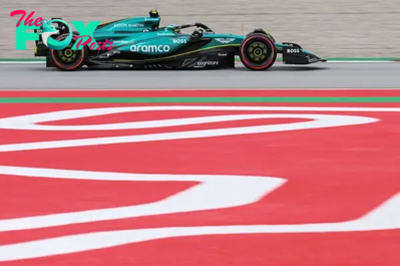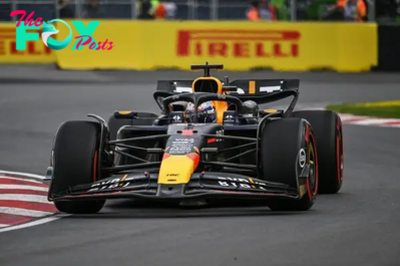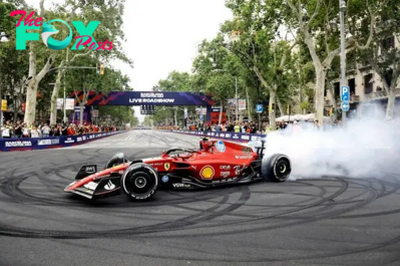F1 News
How Red Bull has taken another leap with F1’s rear wing trend
The semi-detached rear wing tip solution is one example of this right now – as rivals clearly saw the potential on offer when Aston Martin and Alpine simultaneously debuted original versions of the two slightly different solutions in Monaco last year.
All teams have been in search of means to recover some of the losses that the regulations imposed on them at the rear, as the endplate and flap juncture are very different when compared with how they were shaped in the past.
This was for good reason though, as teams had become extremely adept at managing the tip vortex to increase downforce and reduce drag. While good for car performance, this was troublesome for a trailing car as it had an impact on the overall wake profile.
Designers cannot unlearn what they already know though and they quickly realised that if they could unravel some of the limitations that the regulations seemed to impose on them, while introducing some of their old ideas in a new way, they could recoup some lost performance.
Just over a year on from the arrival of these two solutions, there’s still a Healthy dose of development being carried out on the now quite divergent development branches that have emerged.

Alpine A523 rear wing side comparison
Photo by: Giorgio Piola
The main route that’s been taken by most of the teams has the Alpine design at its core, with a metal bracket angled in opposition to the endplate and inboard of the juncture.
However, as the teams have iterated their designs, there’s been a move towards an elongated lower tip, which is drawn down over the bracket and mainplane’s edge. There has also been a reshaping of the tip section to provide assistance to the upper flap.
These optimisations, along with a remodelling of the endplate cutout, are all designed to help with the trade-off between creating more downforce and reducing drag, whilst being mindful of how powerful DRS is when deployed.

Sauber mono pillar, Monaco vs Canada
Photo by: Giorgio Piola
Sauber introduced new rear wings into its pool at both Monaco and Canada, as the team made the switch from a double mounting pillar arrangement to a single element.
Interestingly, the Swiss-based outfit hedged its bets, as the solutions, which are on either end of the downforce spectrum, have two different semi-detached tip sections. The higher downforce variant follows in the footsteps of the Aston Martin design, while the lower downforce offering follows the Alpine lineage.
Meanwhile, Mercedes is another interesting case study, as it pursued the Aston Martin direction during 2023 but made the switch to the Alpine concept for 2024 (inset, below).

Mercedes W15 rear wing Imola comparison
Photo by: Giorgio Piola
The German manufacturer introduced an all-new variant into the mix at Imola, as it developed a forward reaching, outboard-mounted solution.
The overarching goal of the design is clear, as it looks to trade drag for the given downforce level of the wing in use. However, it is a more creative interpretation, which is only natural given the time with which the designers have now had with these regulations and this particular design feature.
Red Bull also made changes to the RB20’s rear wing design in Canada, as it continues to hunt for ways to improve efficiency, which is especially important given that the chasing pack are now hot on its heels.

Red Bull RB20 rear wing tip
Photo by: Uncredited
Its latest design was quite interesting though, as it added a small vane on the top corner of the mainplane and endplate juncture that was also angled parallel to the tip section’s mounting bracket.
The new vane also sits in-line with the lower tip of the tip section (see inset), which was also modified as part of the overhaul and will take advantage of the vane. These both alter the behaviour of the airflow in that region.
Keen to ensure that the wing was performing as its simulation tools had predicted, Red Bull doused the RB20’s rear wing elements in flow-vis paint during Free Practice 1, with the streamlines created in the oil-based paint providing a snapshot into the airflow’s behaviour over those surfaces.

Red Bull Racing RB20 rear detail
Photo by: Giorgio Piola
It’ll be interesting to see if, how and when the other teams begin to apply a similar logic to their own semi-detached tip section solutions, given every single team on the grid has either had or is currently running one.
Watch: Canadian GP Race Review - Wet and Wild Vs Cool and Calm

-
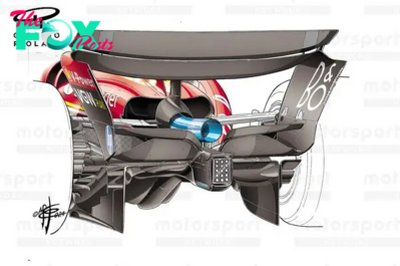
 F1 News21h ago
F1 News21h agoThe new Ferrari F1 upgrades overshadowed by its old bouncing problems
-

 F1 News1d ago
F1 News1d agoRicciardo: No need to revert RB F1 upgrades yet after Spain shocker
-
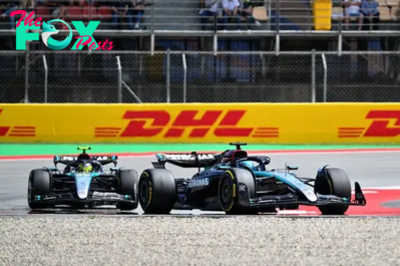
 F1 News1d ago
F1 News1d agoWhy Mercedes feels it is closer to the top than it looked in F1's Spanish GP
-
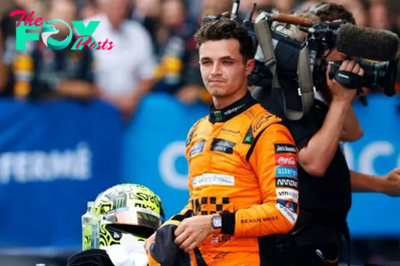
 F1 News1d ago
F1 News1d agoMcLaren: Norris could have done nothing more to win F1 Spanish GP
-

 F1 News1d ago
F1 News1d ago10 things we learned at the 2024 Spanish Grand Prix
-

 F1 News1d ago
F1 News1d agoAlpine in late bid for Carlos Sainz as F1 talks ramp up
-

 F1 News2d ago
F1 News2d agoAlonso: Aston Martin needs to "talk less, deliver more" in F1
-
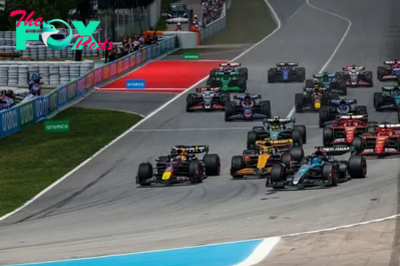
 F1 News2d ago
F1 News2d agoVerstappen "would have been second" without first-lap Spanish GP pass on Norris



